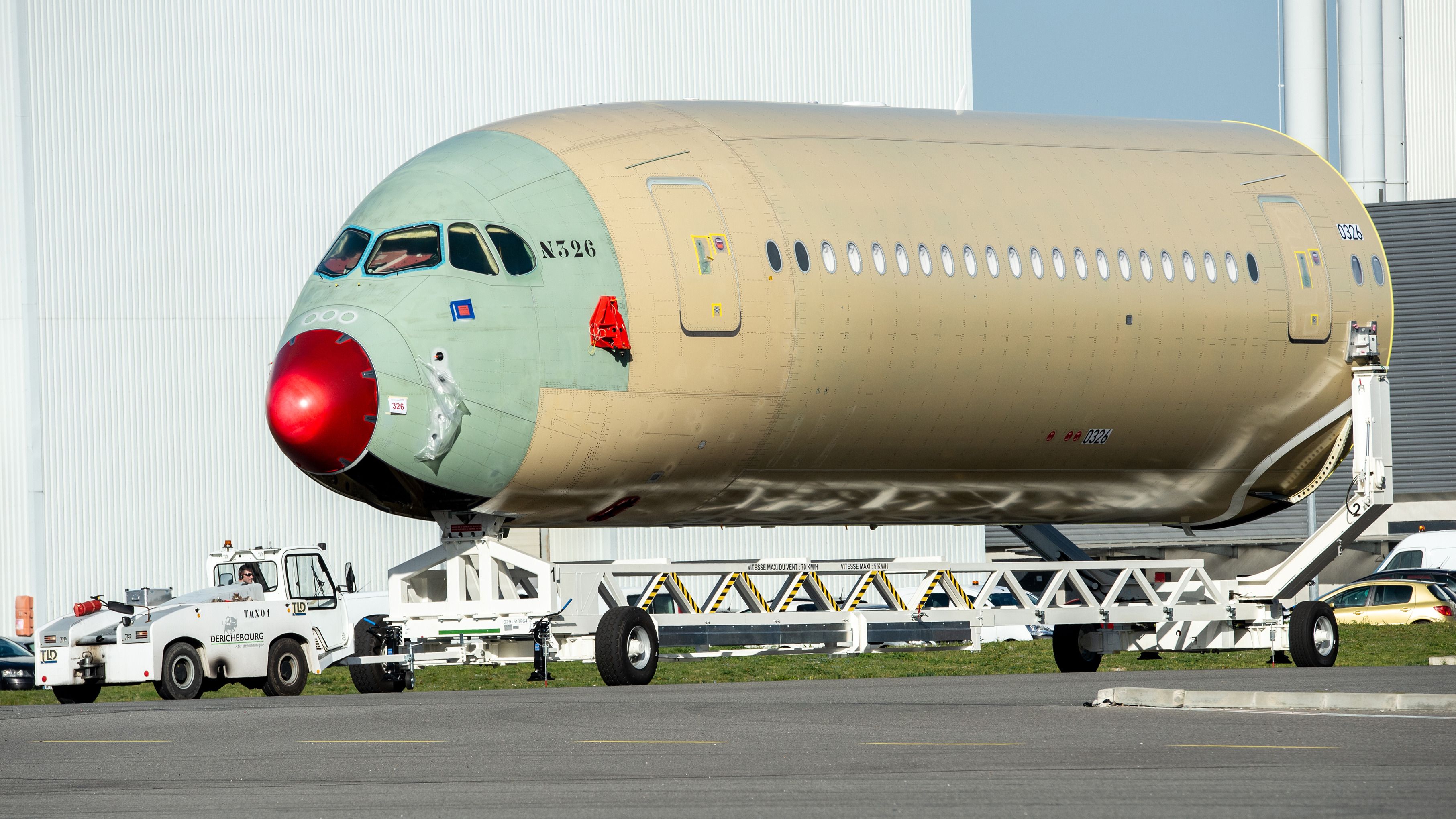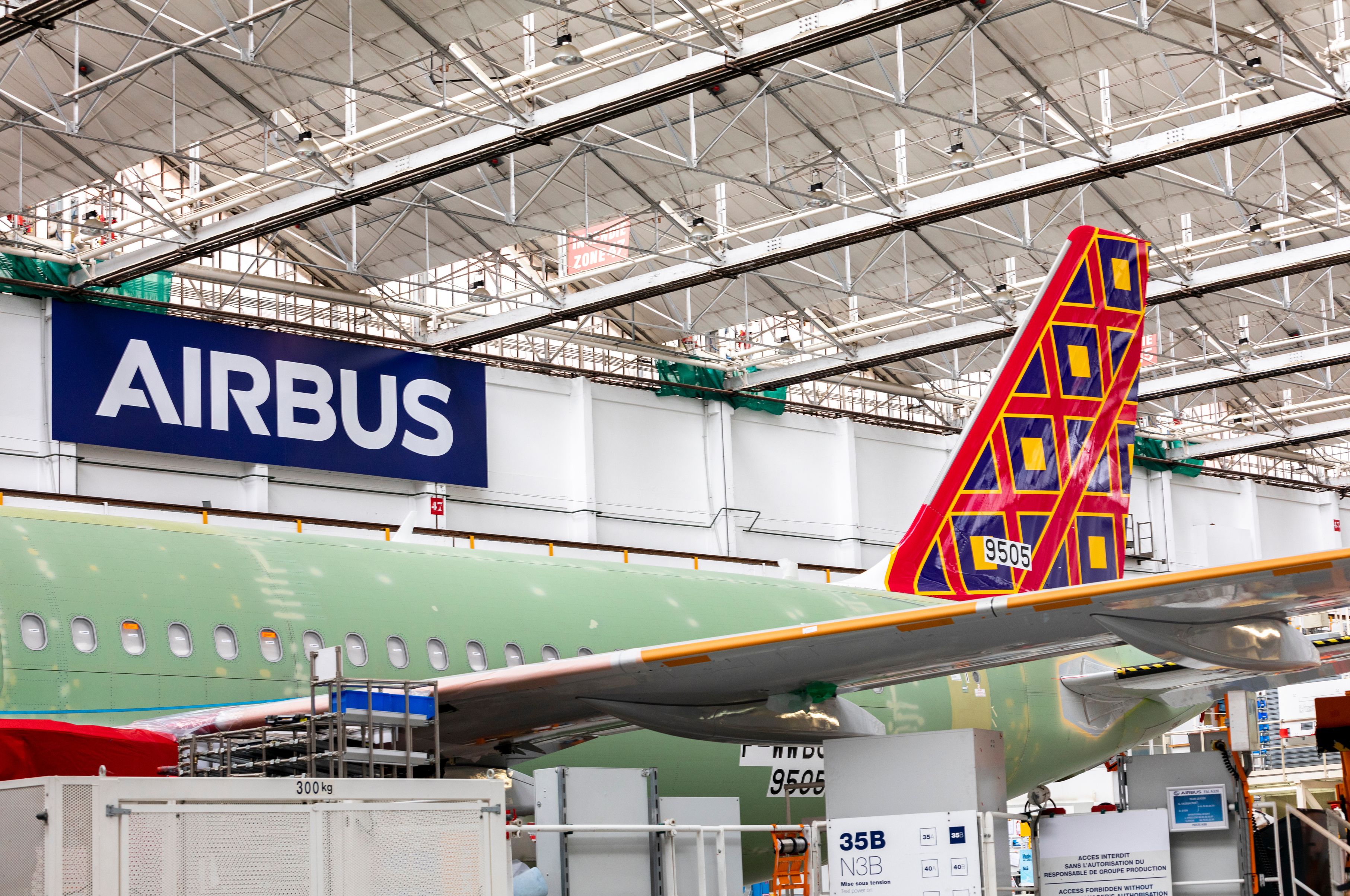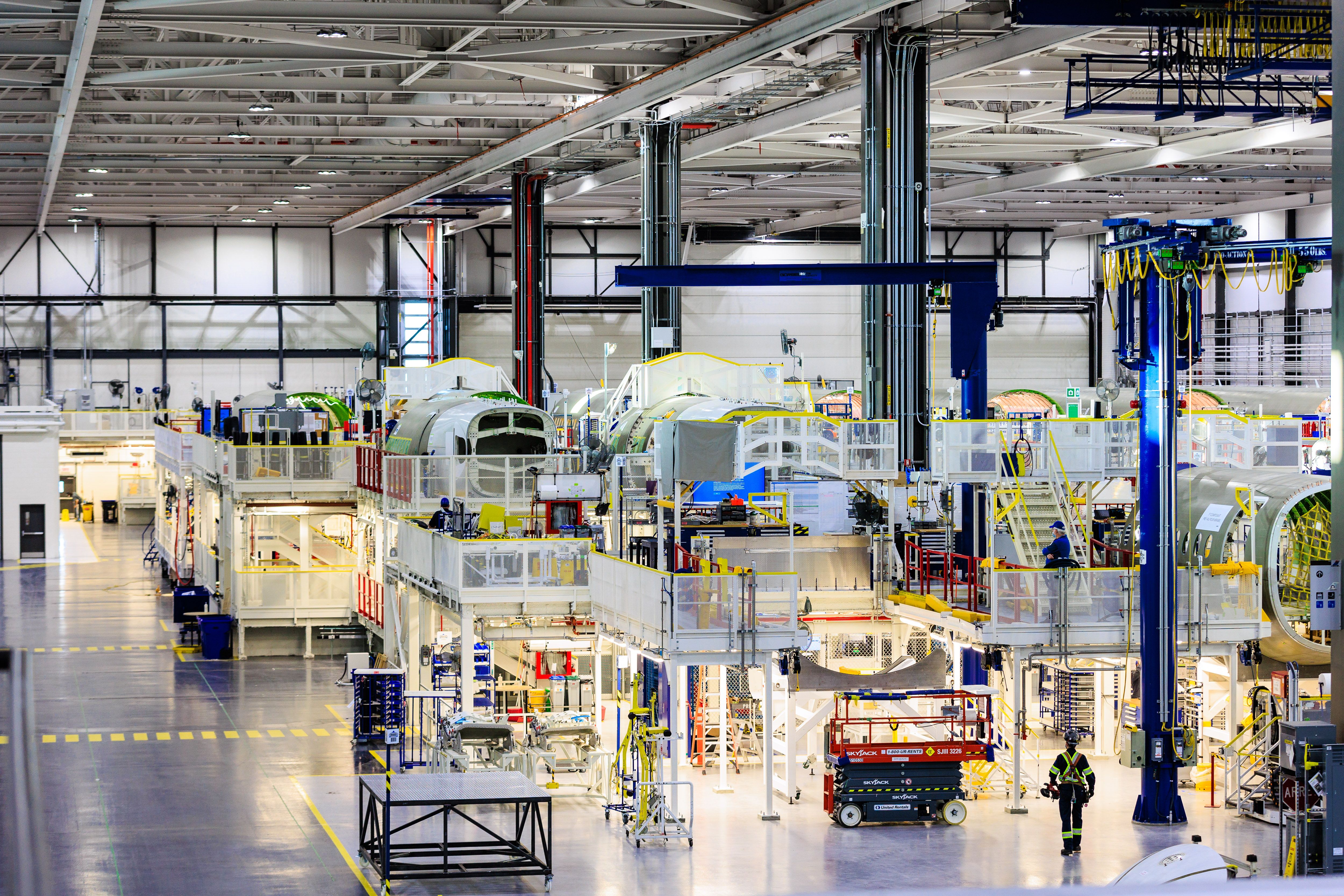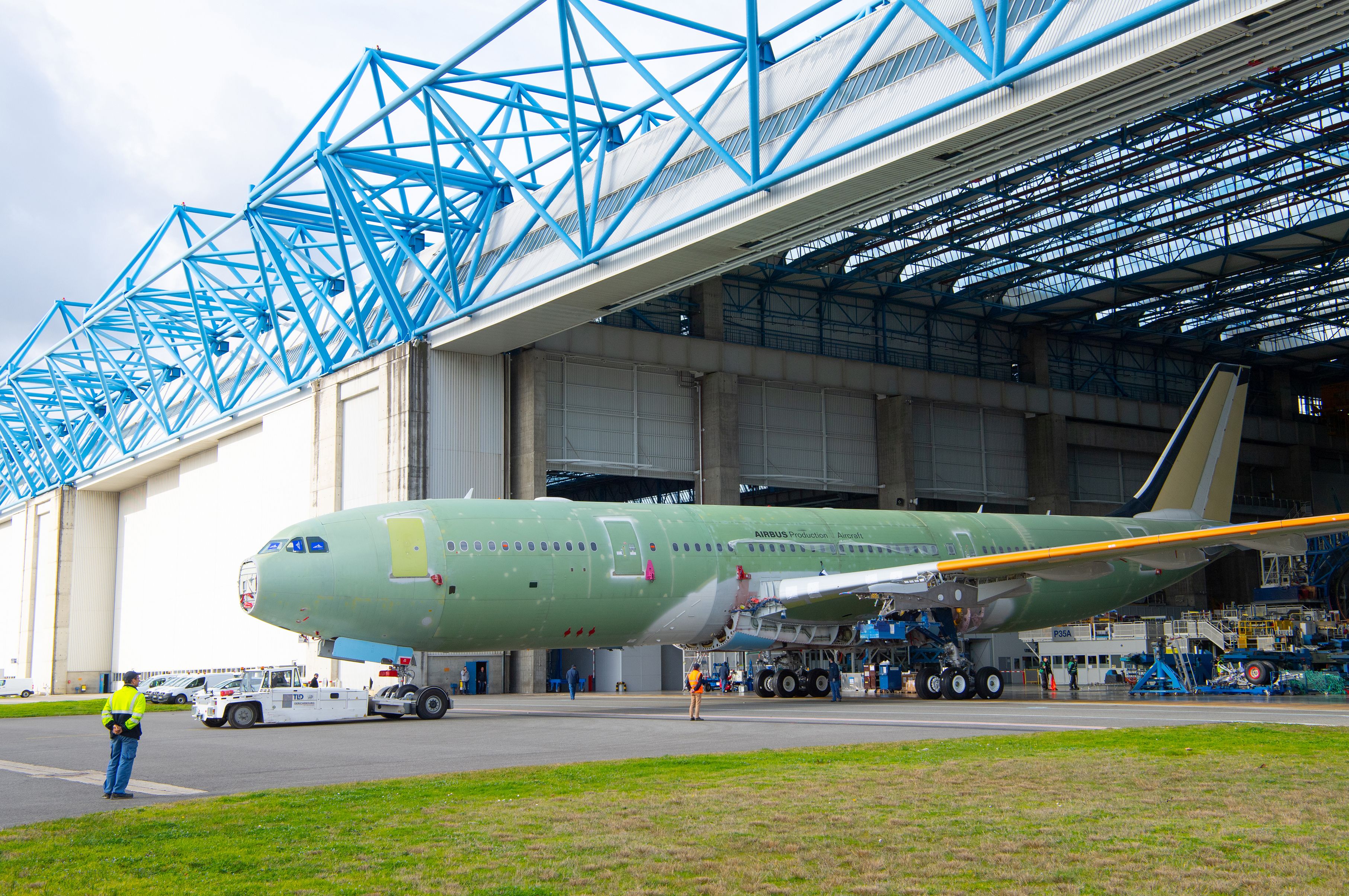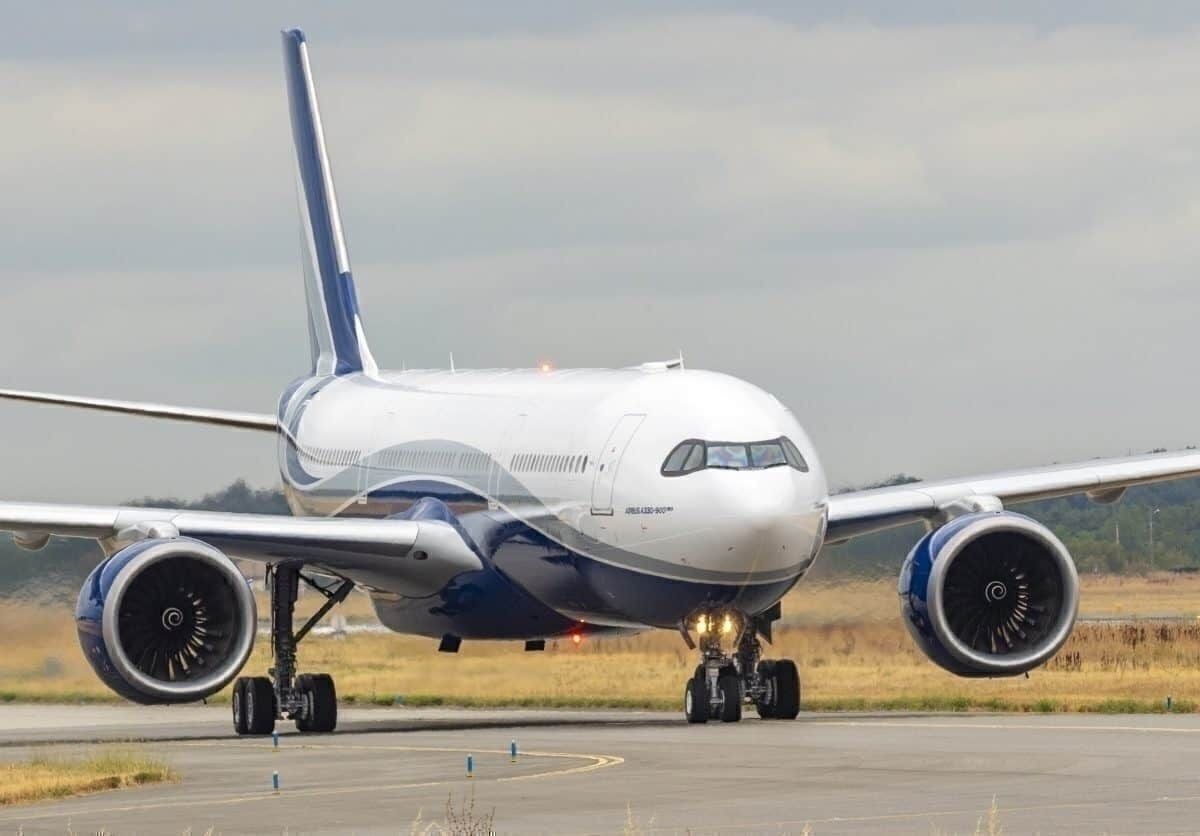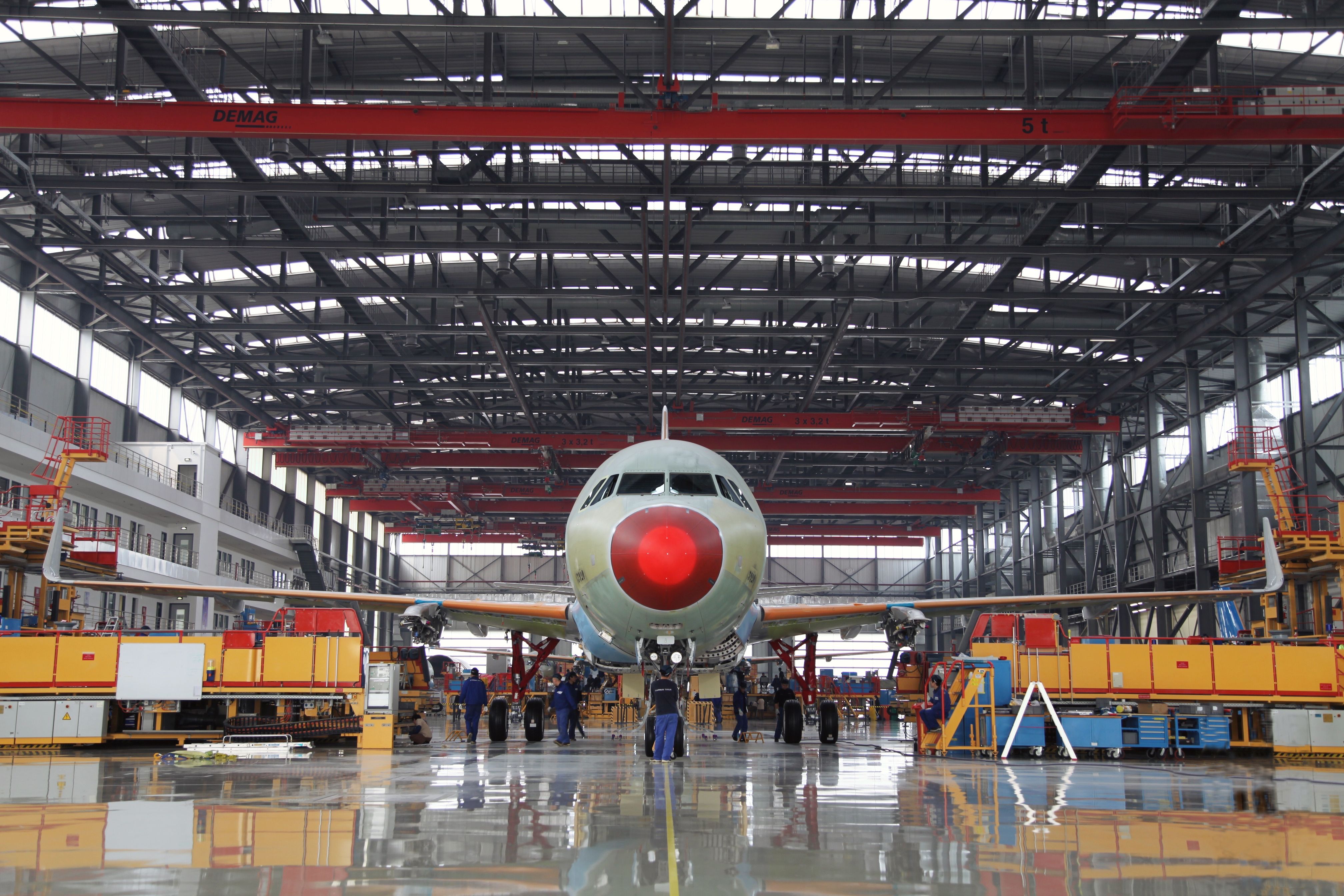Summary
- Airbus operates over 20 manufacturing sites globally, with each site specializing in different parts of the aircraft.
- The famous Airbus BelugaXL aircraft transports these parts to final assembly lines.
- While most of Airbus' manufacturing activities remain in Europe, significant components such as wings are fabricated in the UK.
- Airbus has final assembly lines in five locations, including France, Germany, the US, Canada, and China.
Airbus is the definition of a multinational conglomerate. Despite having origins as a European consortium, the manufacturer's entire assembly network has grown global, and includes facilities in a number of different nations, including both the United States and China, the world's largest aviation markets.
The company's largest facilities do remain in Europe, however, with major plants in both Toulouse and Hamburg. The organization's multinational footprint has allowed it to achieve impressive operating economics, and capitalize on the most advantageous financial and strategic incentives across the globe.
The firm has only one major competitor, Boeing, which does not follow its strategy in any capacity. Boeing's aircraft manufacturing plants are all located in the United States, although component suppliers are global as well. In this article, we will take a deeper look at Airbus's dynamic global production network.
A global activity
Airbus has over 20 manufacturing sites. Each of these sites produces and/or assembles different parts of every aircraft. Then, they are shipped to final assembly lines where the complete aircraft takes shape. Some of these parts are moved around by the famous and distinctive Airbus BelugaXL aircraft.
Each of Airbus' manufacturing plants focuses on specific elements that will go into the planes. For instance, some specialize in elementary parts, such as tubes, pipes, panels, floors, shells, etc. Others focus on specific functional aspects and produce elements such as flaps, slats, horizontal tailplanes, rudders, and pylons. According to the company, these plants rely heavily on thousands of third-party suppliers who make roughly 80% of the aircraft before it enters Airbus' premises.
Mostly a European job
Most of this takes place in Europe, but major components are manufactured further afield as well. The wings for all aircraft apart from the A220 (and the Chinese-built A320s) are manufactured at Airbus' Broughton facilities in Wales in the UK, according to The Points Guy.
Get all the latest aviation news on Simple Flying!
Each aircraft model has its own specific supply chain. Airbus currently manufactures three primary aircraft families, the A320neo, the A330neo, and the A350, with each having subvariants such as the A321neo, the A321XLR, the A330-900, and the A350-1000, to name a few.
For the A320, for example, the center fuselage is made in Hamburg, Germany, and the horizontal stabilizer is from Getafe, Spain. The rudder is made in Harbin, China, and other components are also supplied by Chinese manufacturers. The A320 family, being as successful as it is, has assembly lines on three continents. Besides Europe, this narrowbody is assembled in Tianjin, China, where deliveries are made to Asian airlines, and Mobile, Alabama, US. Some carriers in the Americas – such as Volaris and JetSMART – received US-made A320neo family aircraft for the first time last year.
The A321XLR is being produced entirely in Europe, with the forward fuselage and center wing box in France, while the central and rear fuselage sections and vertical tail are made in Germany. Getafe in Spain handles the tail cone and horizontal tailplane, and the wings remain produced in the UK.
The Airbus A350 has a similarly global assembly network. The manufacturer's Broughton factory in the United Kingdom is responsible for the plane's wings while the fuselage is jointly built in both Saint-Nazaire, Nantes and Hamburg. According to Airbus, fuselage and tailplane sections are also manufactured at the company's two Spanish facilities at Puerto Real and Getafe. Lastly, the final wing components are added at the company's Bremen and Hamburg factories.
Transportation with the Beluga aircraft
Bringing all the components together is a challenge in itself. While smaller pieces can be shipped as standard cargo, larger parts are particularly difficult. This is where Airbus' fleet of oversized Beluga transport aircraft comes in.
The original Beluga was introduced in 1995, based on the A300-600 airframe. A larger transporter was required to transport both wings of the A350, and the Beluga XL was launched in 2020 based on the A330-200, according to Aerospace Technology.
Boeing, of course, does the same with its Dreamlifter fleet. The Beluga XL beats it for volume but not payload (and the huge Antonov An-225 used to outclass them both before its tragic destruction in 2022). Today, the aircraft brings parts across the European Union and the UK to final assembly lines. The A380 also used a road and barge network to get its parts to Toulouse. Trucks carried the individual sections of the fuselage on the last section for final assembly on specially modified roads.
Airbus' final assembly lines
Airbus currently operates final assembly lines in five locations in France, Germany, US, Canada, and China. While the two European assembly lines provide planes globally, the facilities in Tianjin and Mobile cater to local markets.
These final assembly lines produce a variety of different aircraft, with the largest and historically most important being located in Toulouse, France. At this facility, the company's A320, A330, A350 and formerly A380 aircraft are assembled.
The organization's Hamburg plant currently performs final assembly for the A320, alongside facilities in both Mobile and Tianjin, where a second assembly line is currently being built, as per reports from Aviation International News. The company's latest narrowbody family, the A220, is produced in both Mirabel, Canada and in Mobile.
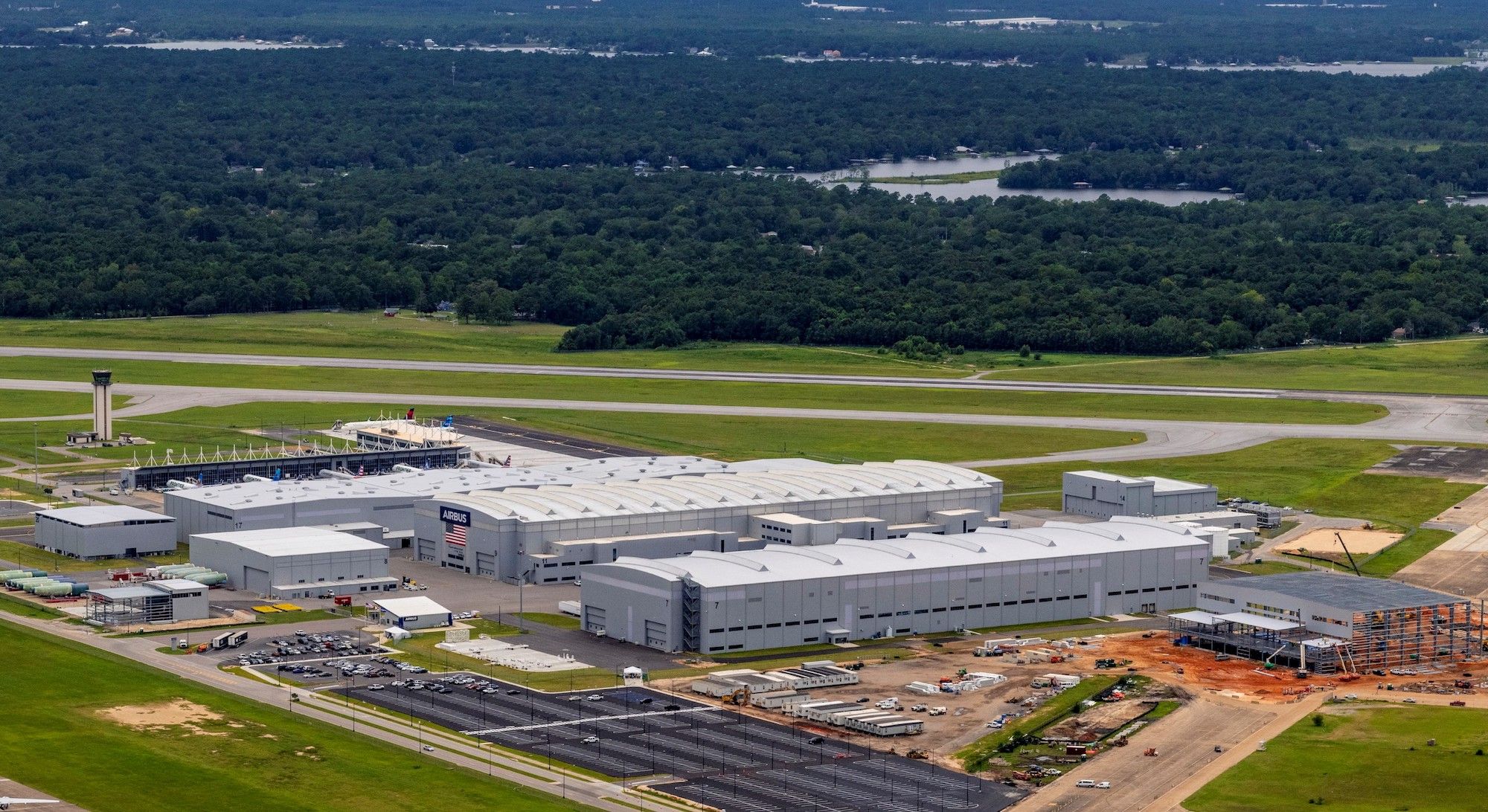
Local Opposition? Concerns Raised Over Airbus Expansion In Mobile
Millions will be spent on Airbus' expansion in Mobile. Some of that will come from Mobile County. But first, some issues need to be resolved.The firm's Mobile factory played a key role in Airbus' decision to acquire a majority stake in what would become the A220 program from Canadian manufacturer Bombardier. The company had run into challenges importing the aircraft into the US, with legal challenges from Boeing. However, with aircraft rolling off of assembly lines in Alabama, they would be fully legal American-made planes that Boeing would have no ability to stand in the way of.
Looking forward, there are unlikely to be any immediate changes to the final assembly lines. The A380 line in Toulouse has been converted over to A320 production. Of course, opening a new line is a highly capital-intensive undertaking, and in the current climate, this seems unlikely. More may shift to China over time, though. The market there is extensive, and there are signs that production facilities are keen to take on more.
There is plenty more to say about Airbus' manufacturing locations and processes. Feel free to discuss any more details in the comments.

